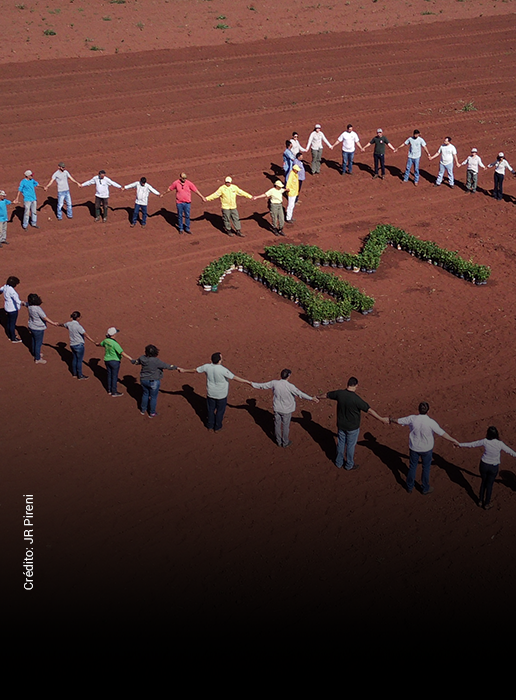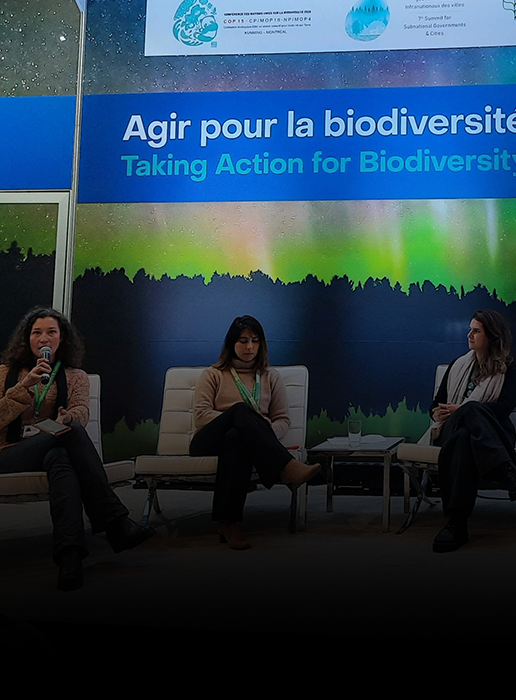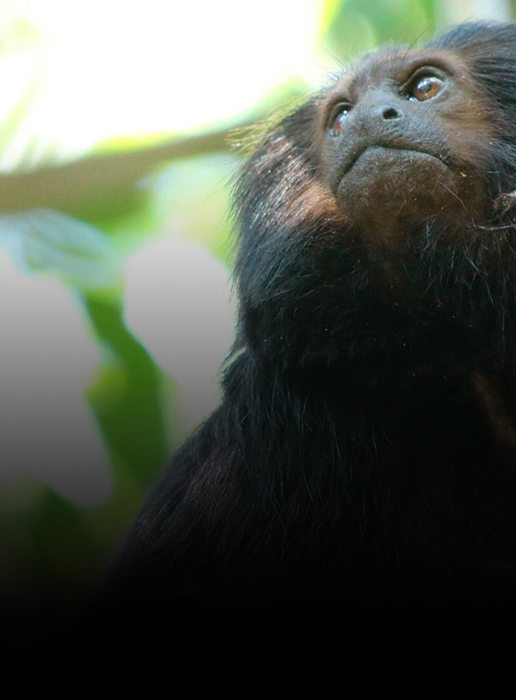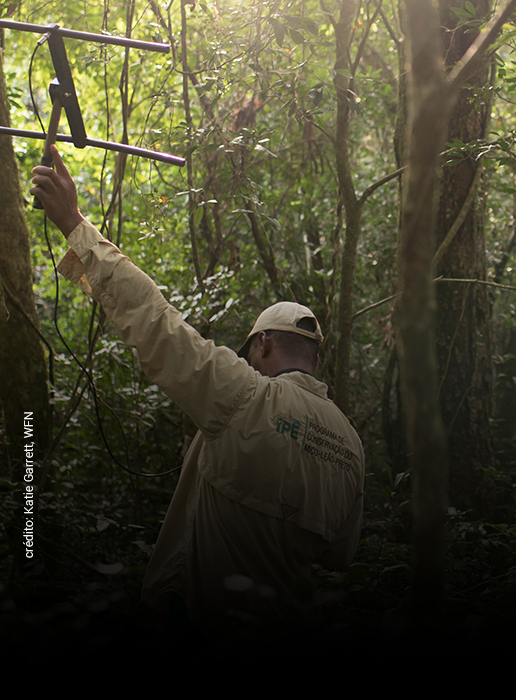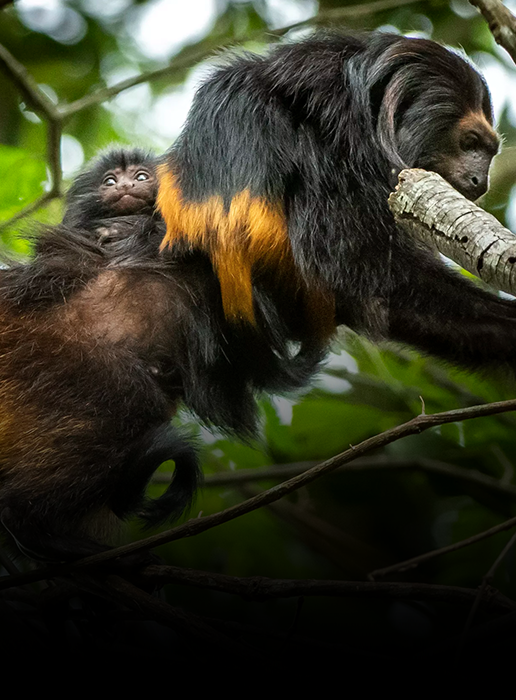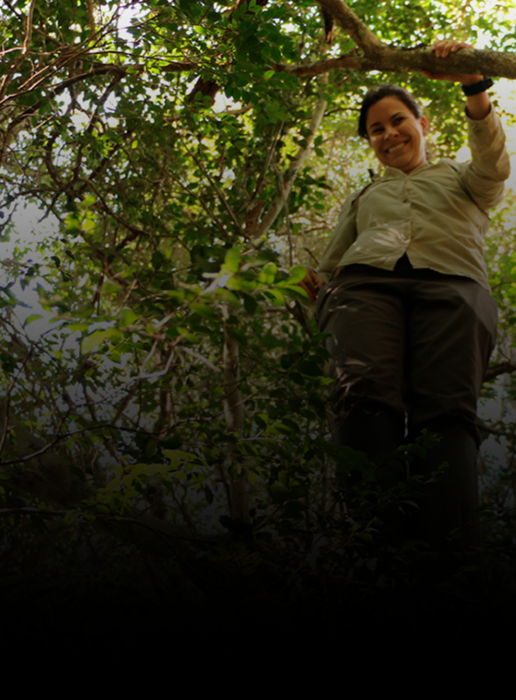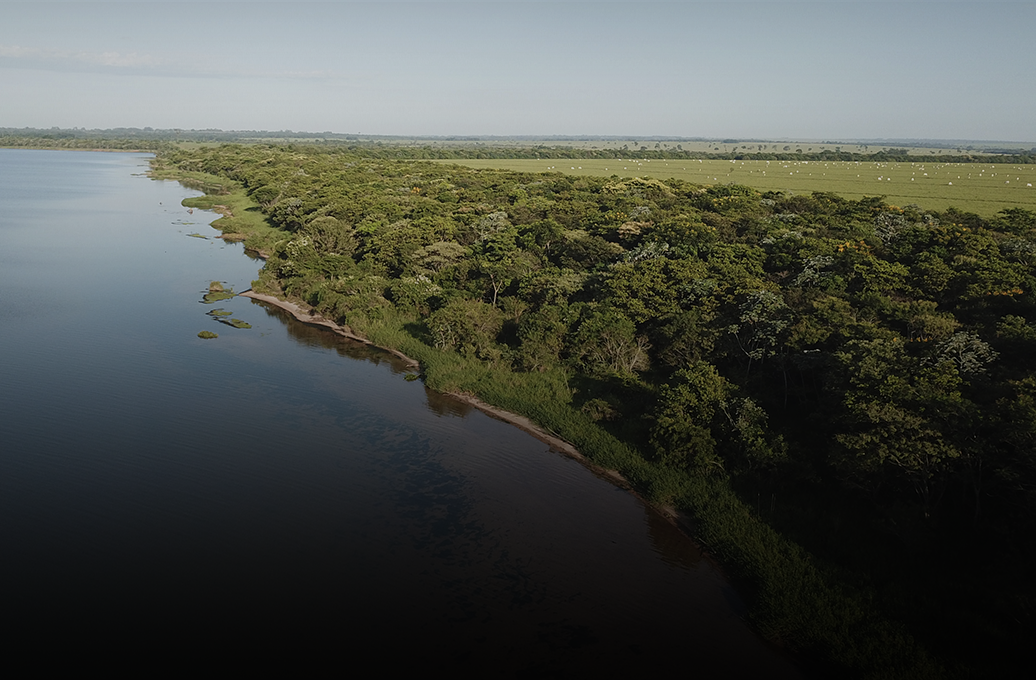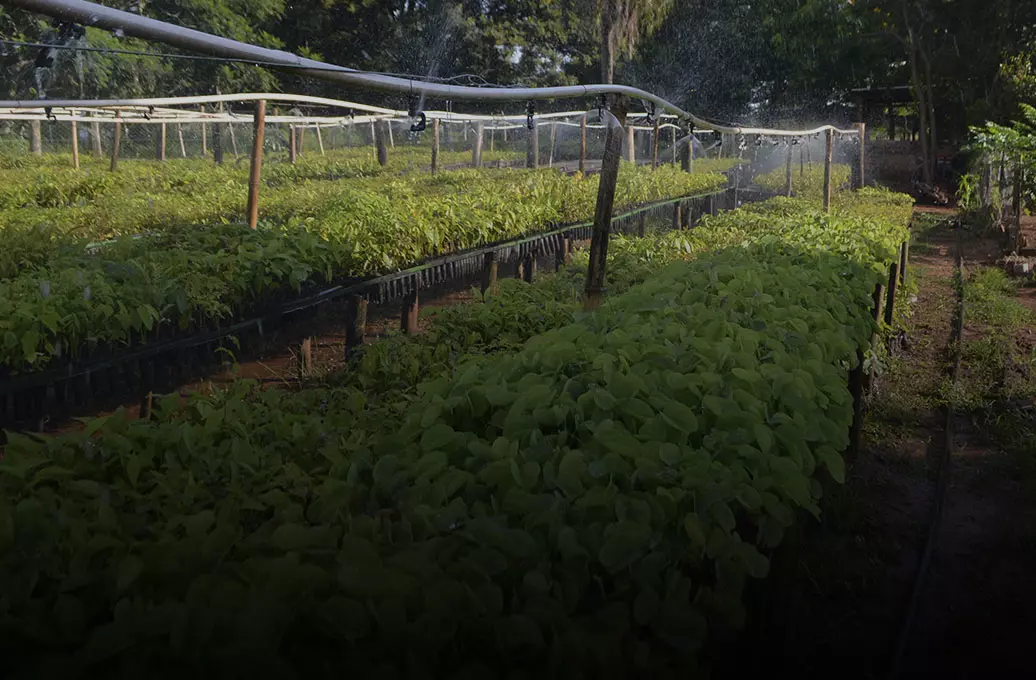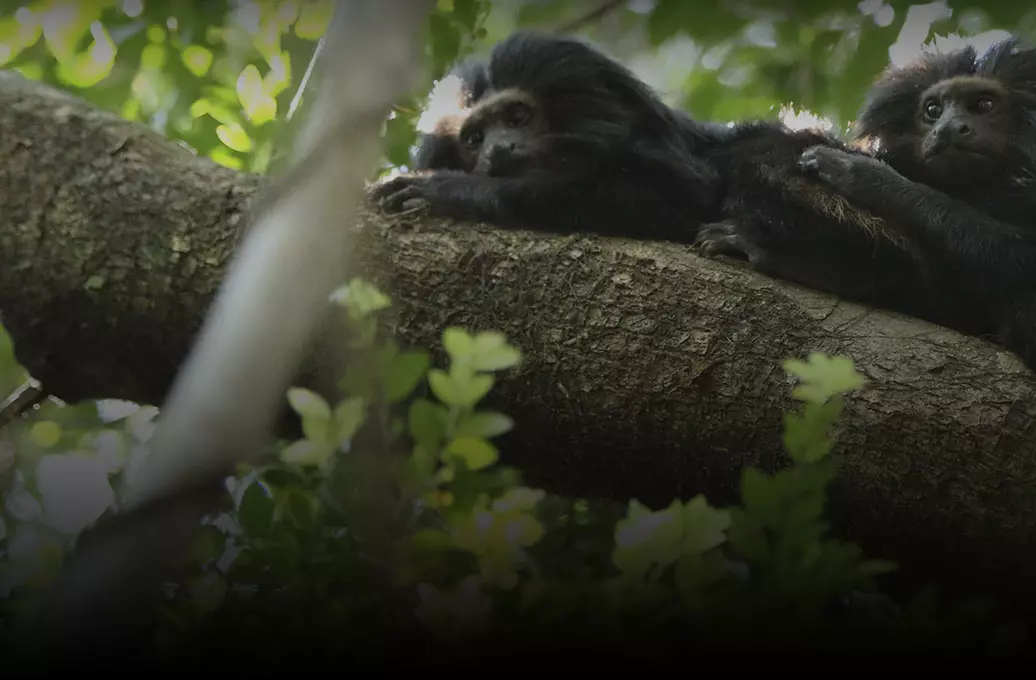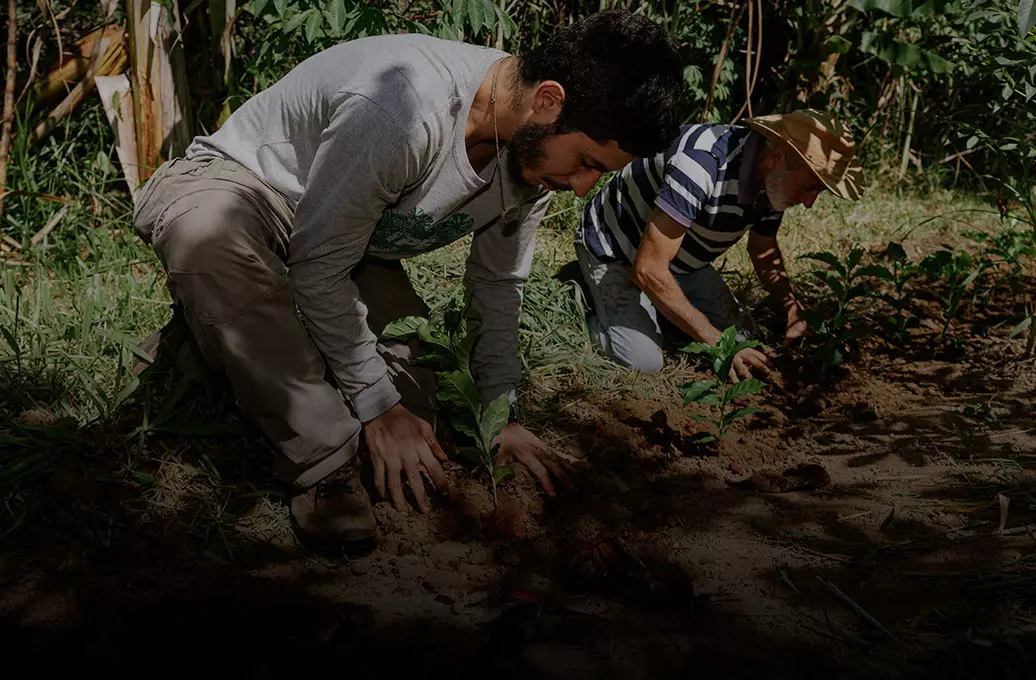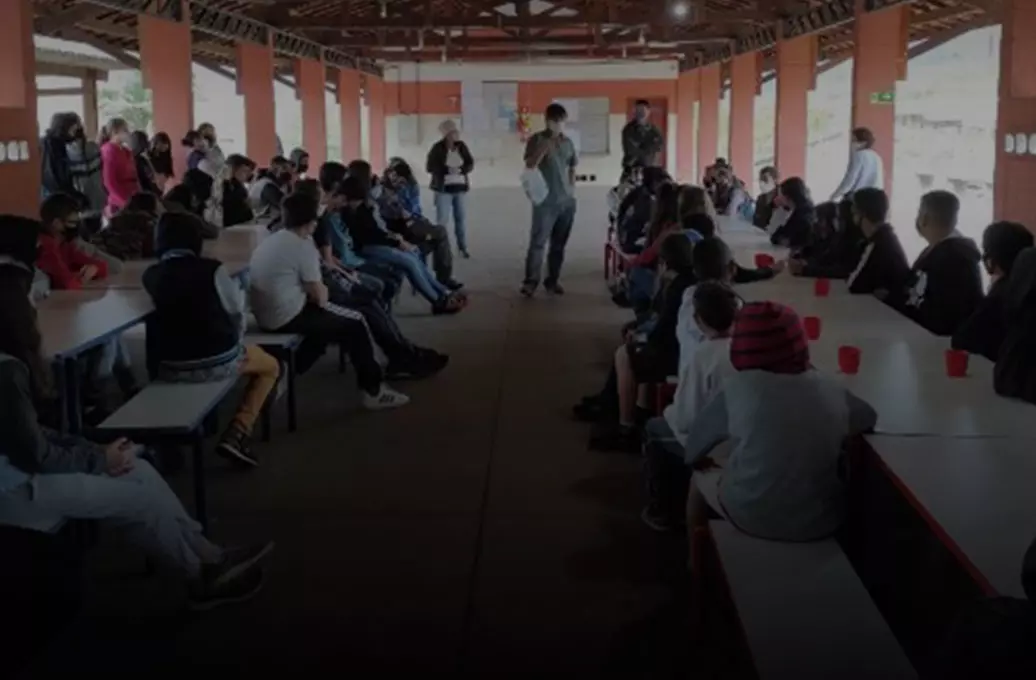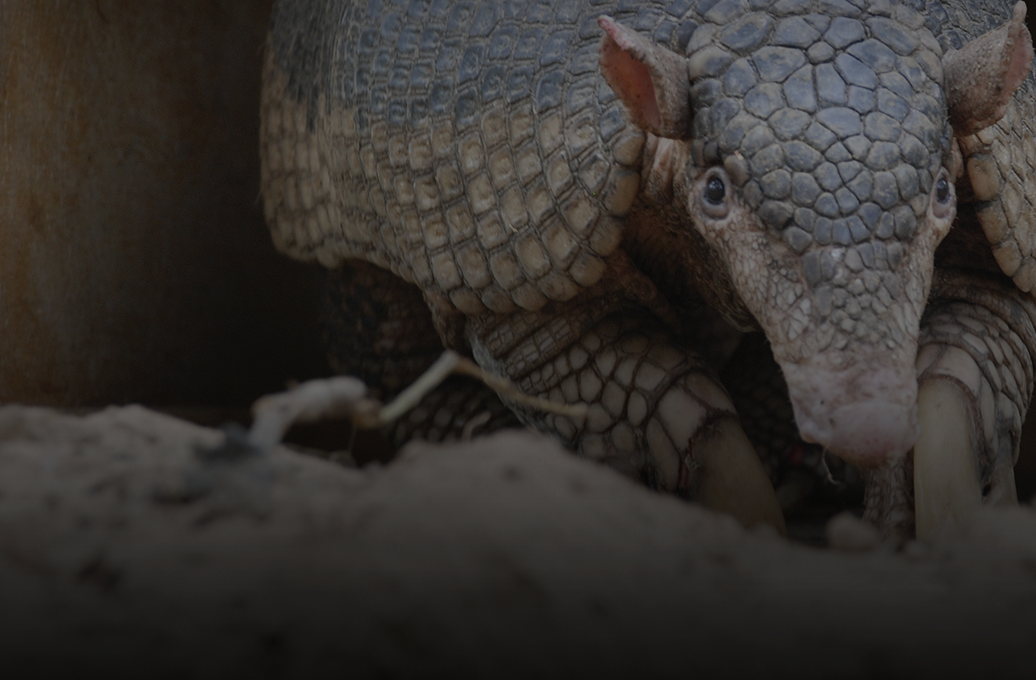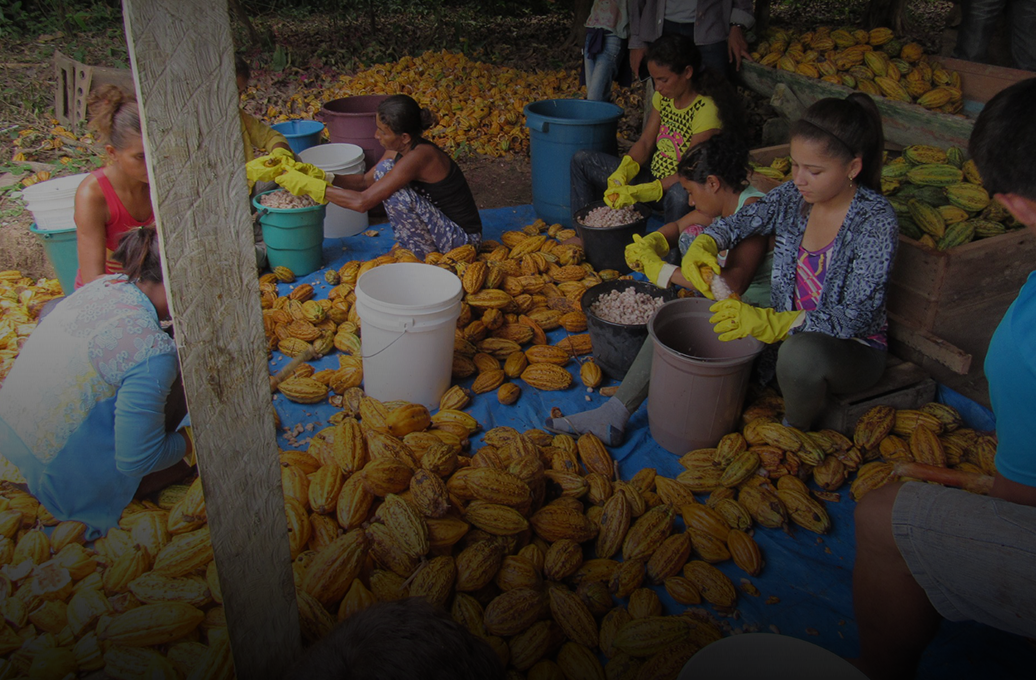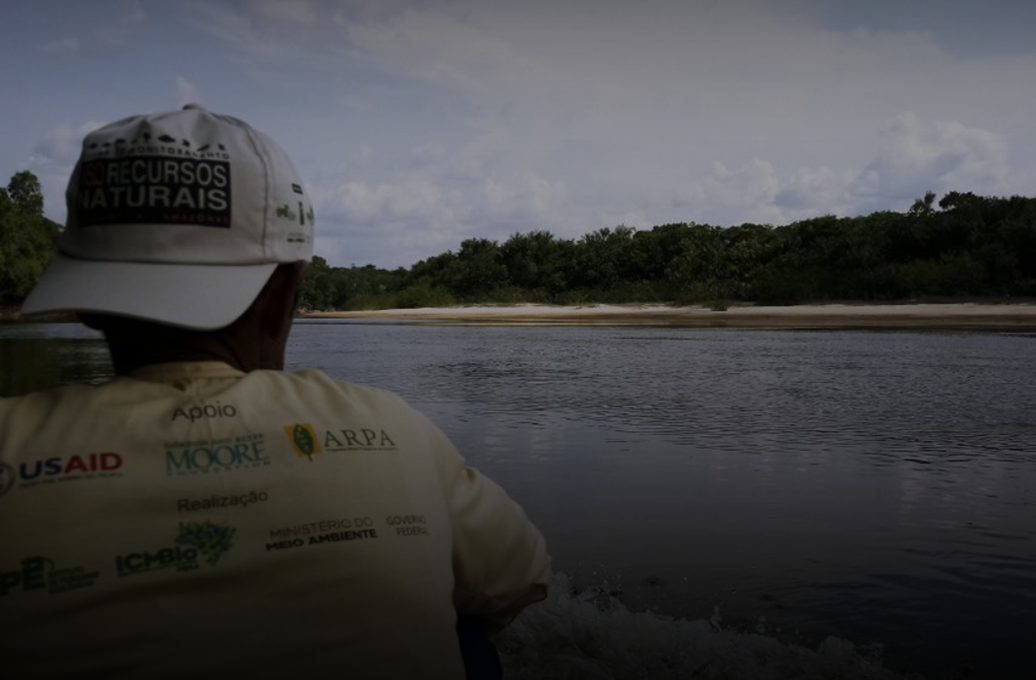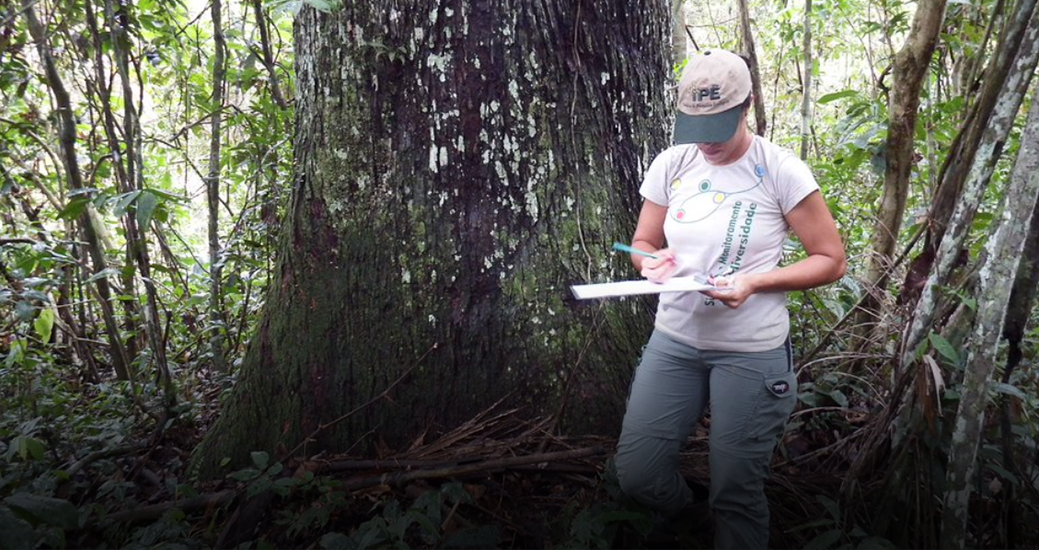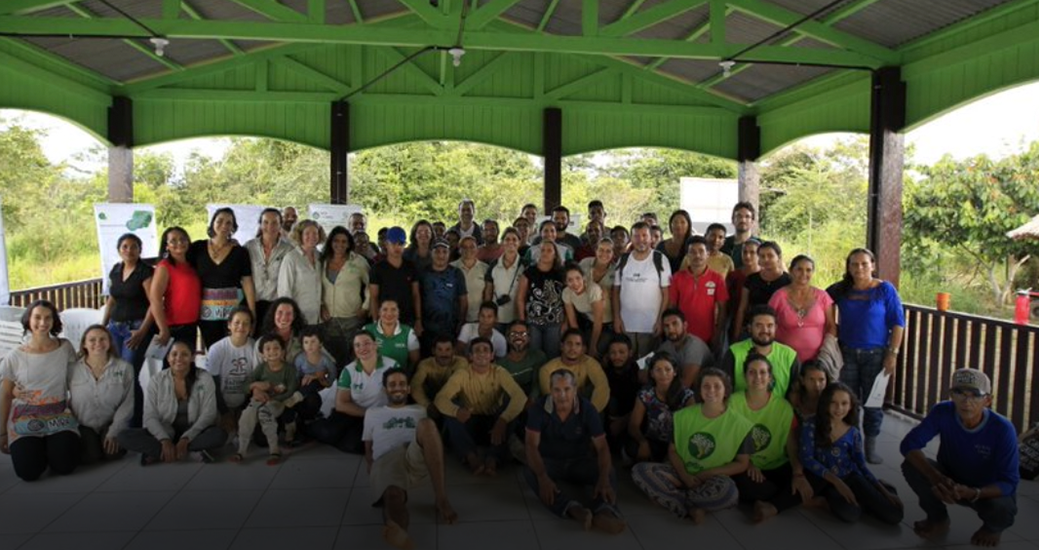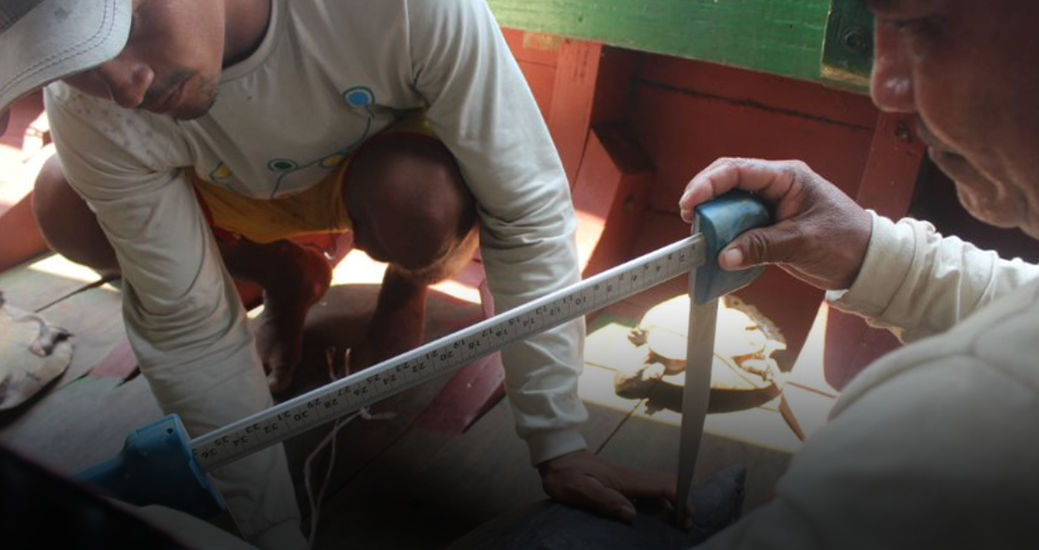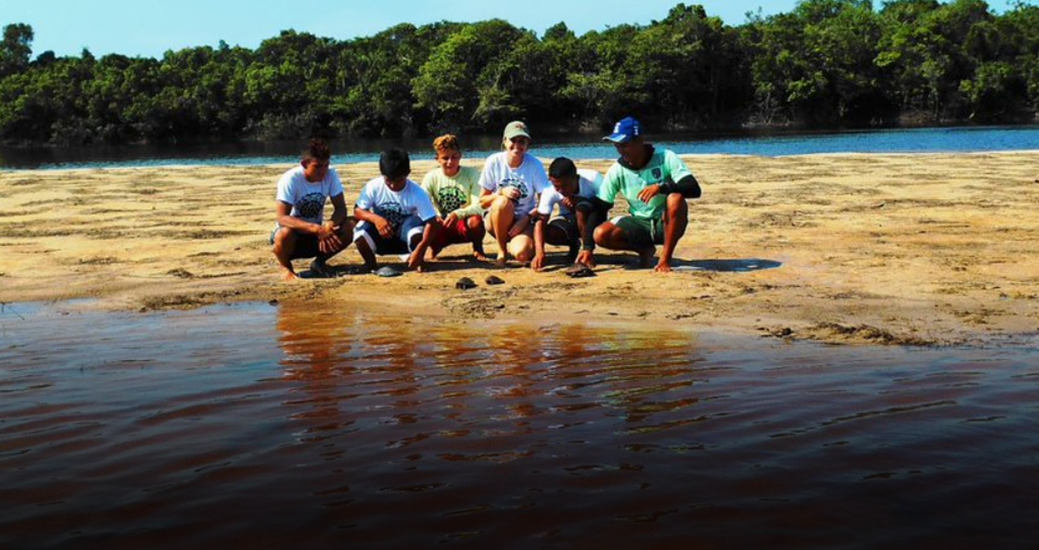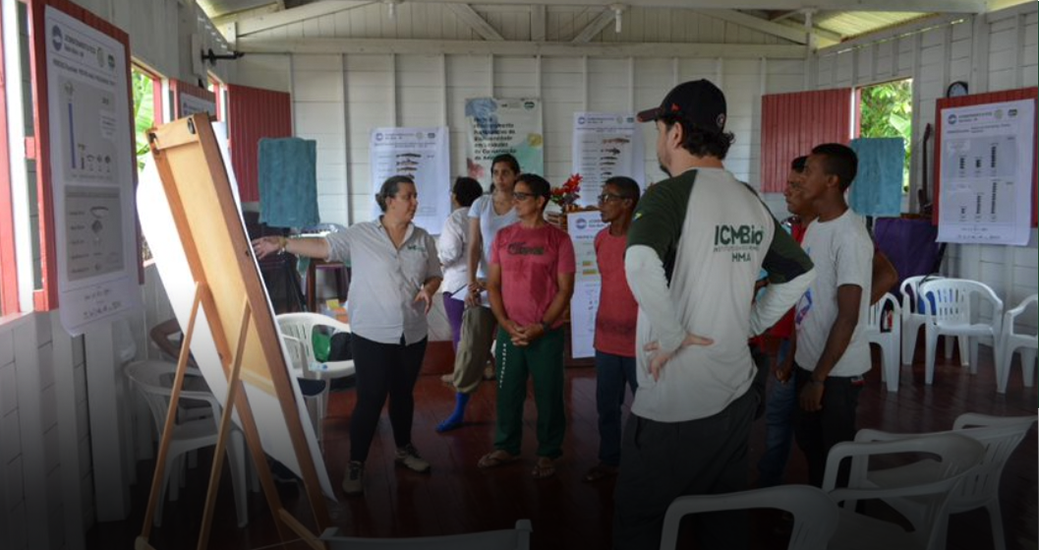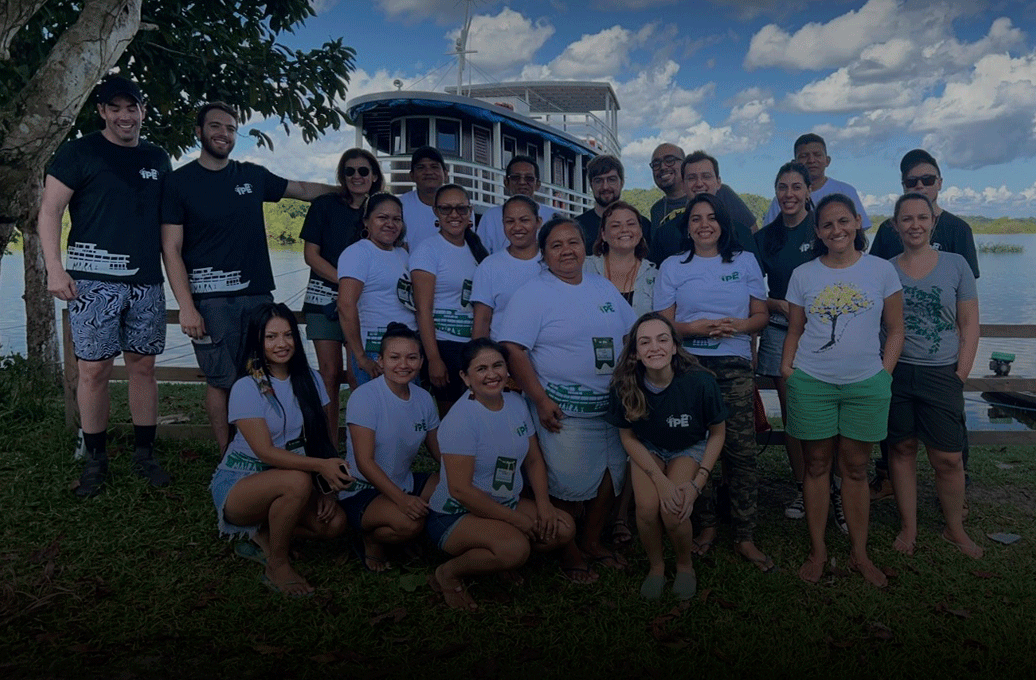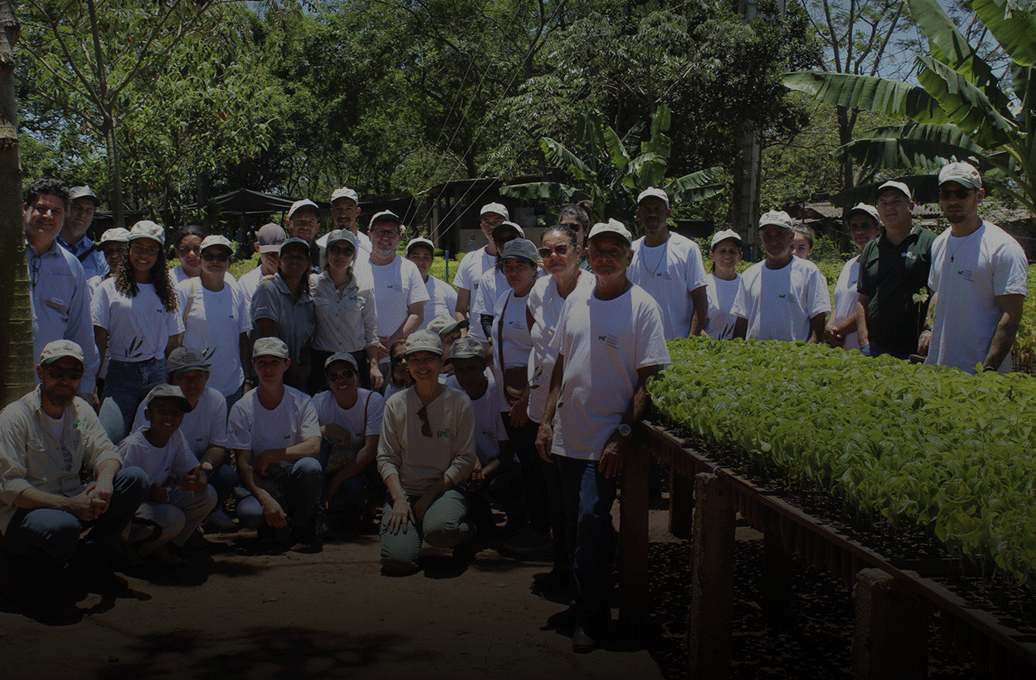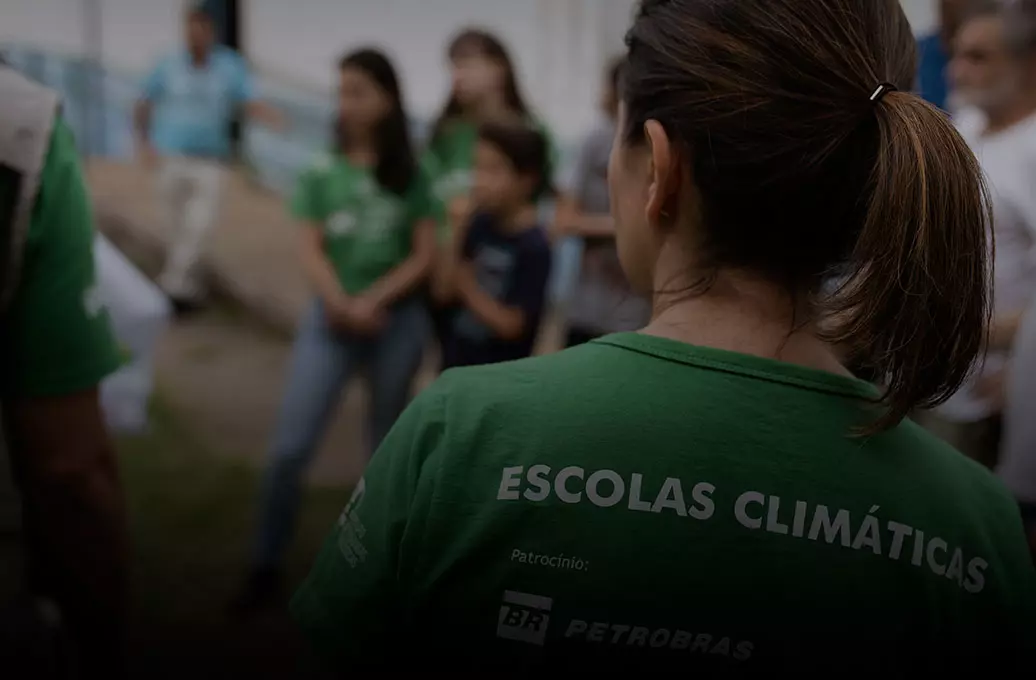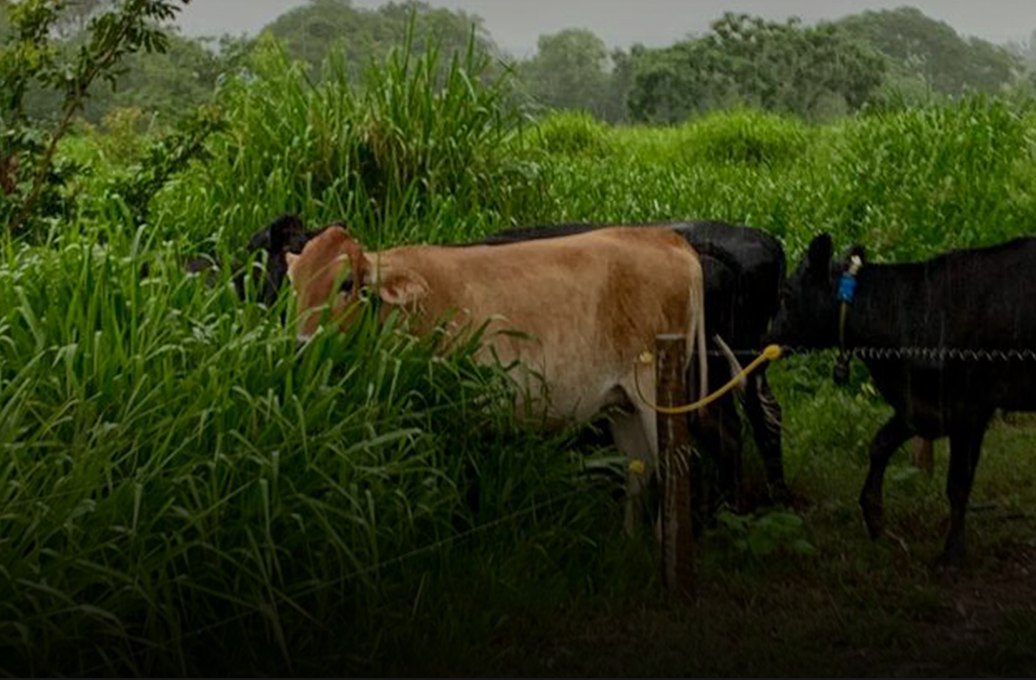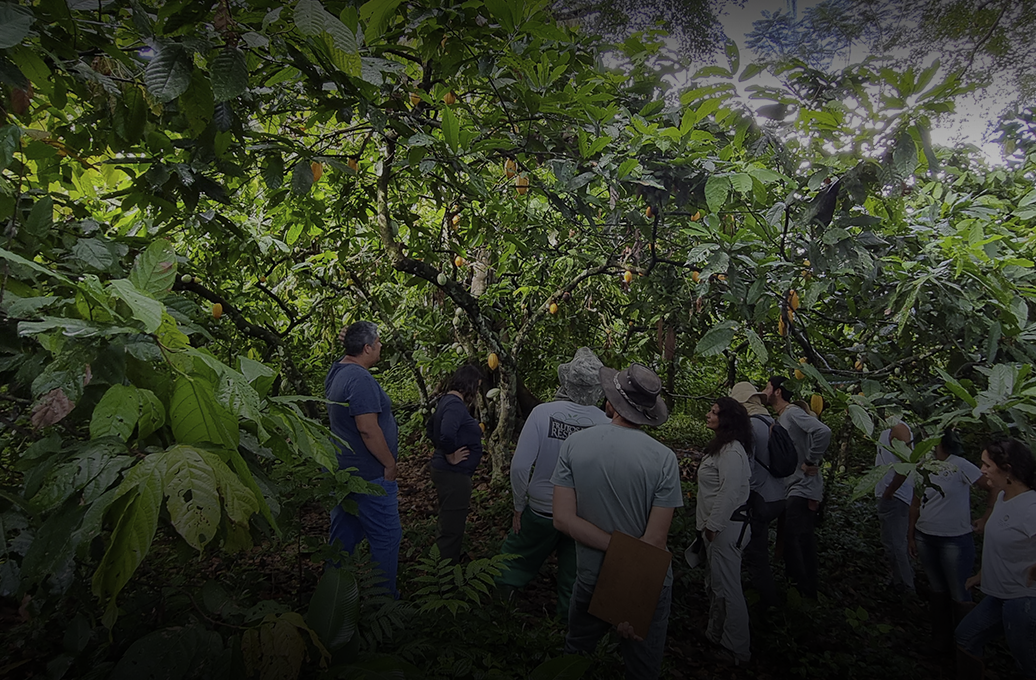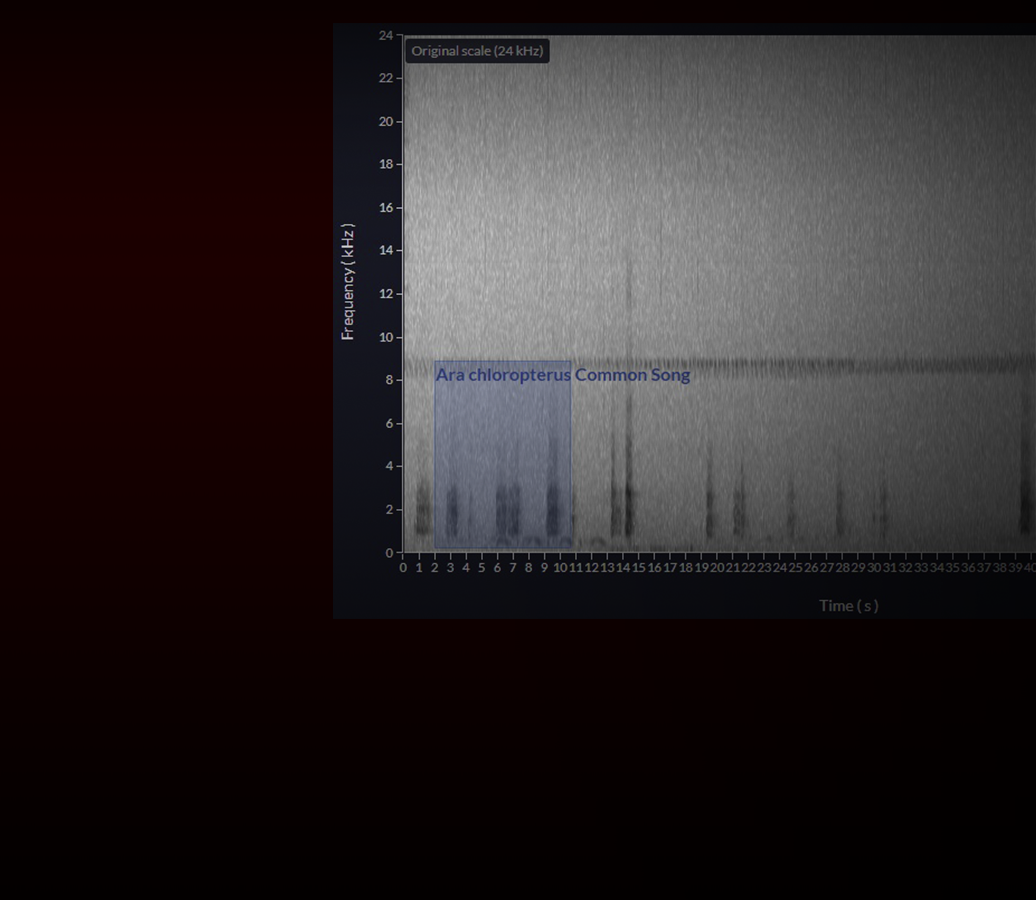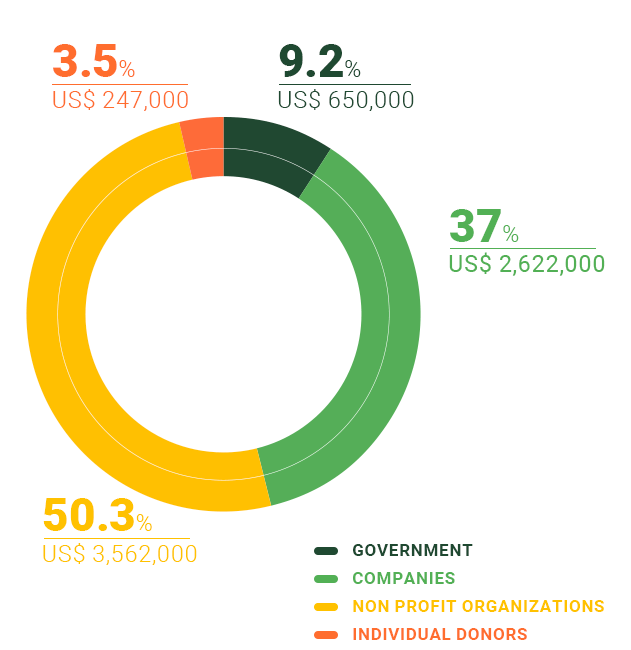IN THE AMAZON, WE OPERATE ON INTEGRATED SOLUTIONS WITH SOCIETY AND ENCOURAGE ENTREPRENEURSHIP IN THE LOW RIO NEGRO.
LIRA
Better effectiveness in the management of Protected Areas, with intensification of integrated and networked work;MPB
Monitoramento Participativo da Biodiversidade (Participatory Monitoring of Biodiversity), performed with local communities;Navigating Entrepreneurial Education (Lower Rio Negro)
Incentive to economic alternatives that combine income generation and socio-environmental sustainability.
LEARN +
ON BRASÍLIA IS OUR REGIONAL OFFICE.
IN PANTANAL AND CERRADO, WE ACT FOR THE CONSERVATION OF TWO ENDANGERED SPECIES THROUGH RESEARCH, ENVIRONMENTAL EDUCATION, TOURISM AND TRAINING:
- Lowland Tapir
- Giant Armadillo
LEARN +
AT PONTAL DO PARANAPANEMA, WE HAVE ACHIEVED LANDSCAPE MANAGEMENT, BALANCING ECONOMIC GAINS WITH MAINTENANCE OF ECOSYSTEM SERVICES AND CONSERVATION OF THREATENED SPECIES.
- Implementation of Corredores da Vida (Corridors for Life) in the Atlantic Forest;
- Community nurseries;
- Implementation of Agroforestry Systems;
- Conservation of the Black Lion Tamarin.
LEARN +
NAZARÉ PAULISTA (SP) IS THE MAIN FOCUS OF ACTIONS BY THE CANTAREIRA SYSTEM, TO CONTRIBUTE TO WATER SAFETY FOR 8 MILLION PEOPLE. WITH CLIMATE SCHOOLS AND CITIZEN SCIENCE, WE ENCOURAGE YOUNG PEOPLE TO BE INVOLVED AS TRANSFORMATION AGENTS. ALSO HOUSES THE HEADQUARTERS OF IPÊ AND THE CAMPUS OF ESCAS - SUPERIOR SCHOOL OF ENVIRONMENTAL CONSERVATION AND SUSTAINABILITY:
- Planting of native trees in springs and support for better land use;
- Environmental education in public schools;
- Training for more sustainable production systems;
- Communities as allies in the fight against disease-carrying mosquitoes.
LEARN +
IN GUARANÉSIA (MG), WE IMPLEMENTED A SILVOPASTORAL ACTIVITY PROGRAM TO PROMOTE SUSTAINABLE DAIRY LIVESTOCK, ALONG WITH THE PLANTING OF NATIVE SPECIES TREES.
LEARN +
AT BAIXADA FLUMINENSE, IN THE MUNICIPALITIES OF NOVA IGUAÇU AND DUQUE DE CAXIAS, WE WORKED TO IMPLEMENT 100 HECTARES OF AGROFORESTRY SYSTEMS IN 33 SETTLEMENTS, SMALL PROPERTIES AND RURAL COMMUNITIES.
LEARN +
IN THE SOUTH OF BAHIA, ESCAS MAINTAINS A CAMPUS FOR PROFESSIONAL MASTER CLASSES IN BIODIVERSITY AND SUSTAINABLE DEVELOPMENT, AND ALSO CONTRIBUTES TO THE TRAINING OF SMALL PRODUCERS.
- There are already 84 masters by ESCAS campus Bahia. Most of them with full scholarship.
LEARN +
IN THIS SAME REGION, WE DO TRAINING IN AGROECOLOGY AND ECOLOGICAL RESTORATION IN SMALL RURAL PROPERTIES.
LEARN +
IN ESPÍRITO SANTO STATE, we have social technology, developed jointly with farmers, for 100 small properties in 4 settlements located in Upper River Novo and Águia Branca. This initiative is called “Educação, Paisagem e Comunidade (Education, Landscape and Community)” and is part of ESCAS' line of integration projects between schools and communities.




